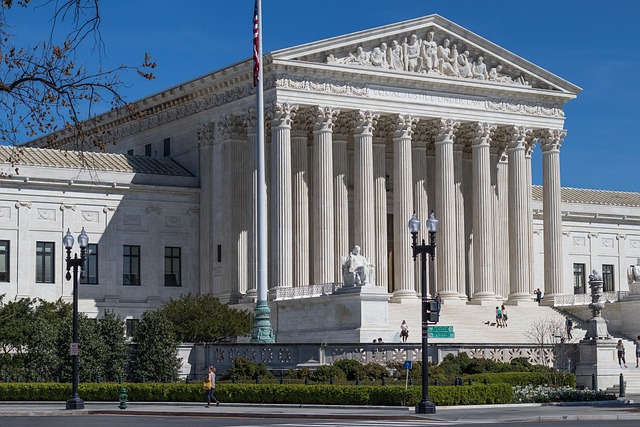
More Thoughts on NCN Litigation and Nationwide Injunctions
05.05.2025 | Linda J. Rosenthal, JD

Along with the hordes of ghosts and goblins roaming the American landscape on Halloween were altogether too many nonprofit organizations and leaders out in plain sight committing brazen acts of chicanery and impropriety.
It’s probably no coincidence, then, that the folks at The Nonprofit Quarterly chose October 31st to launch its new Fall 2019 series on conflicts of interest and self-interest in the nonprofit sector.
The Nonprofit Quarterly series begins with the relatively brief overview published last week along with the first article in the series by Professor David O. Renz titled Charity Conflicts: A Guide. Coming up within the first two weeks of November will be two more articles.
The first is by Vernetta Walker, president and CEO of Walker & Associates Consulting as well as senior advisor on diversity, inclusion, and equity (DI&E) at BoardSource. She is well-versed in the topic of conversation, and “…knows nonprofit boards like the back of her hand.” Her article will include an “astute and practical examination of why recusals and disclosures are inadequate to the problem.”
The Renz and Walker pieces will be followed by NPQ’s editor-in-chief, Ruth McCambridge, writing about “the role self-interest plays in nonprofit life in—as Minnesota Council of Nonprofits’ Jon Pratt calls it—’the nonprofit wing of the nonprofit sector.’”
There are two key points to bear in mind right off the bat about this important series. First, the introductory article is titled “… Self-Interest in Nonprofits”; there’s no mention, in the title at least, of “conflicts of interest” or the terms “self-dealing” or “private benefit” or “inurement.” The emphasis is on the “problems and benefits of self-interest.” Second, a recommendation by the NPQ editors in this overview appears to be just slightly at odds with an emphatic point made by Professor Renz in his outstanding treatise.
The NPQ editors note that the ever-present “opportunity to stray into dangerous territory” is a risk that “requires … strong ethical practices and protocols to identify and avoid problematic situations.” That’s why they explain, it’s a “slippery slope” and they “… have always suggested it is just better to steer clear of ‘…conflicts of interest…’ altogether.”
On the other hand, a key argument of Professor Renz is that “…conflicts of interest abound in our sector, and they arise for logical and even beneficial reasons.” A problem is the lack of a nuanced approach to assess them from a “risk and reward perspective.” Some are “worth navigating ….” This point, though, is just the tip of the iceberg in this must-read article. In a separate post, we’ll explore his Charity Conflicts: A Guide as well as the soon-to-be-published third and fourth articles in NPQ’s timely series.
